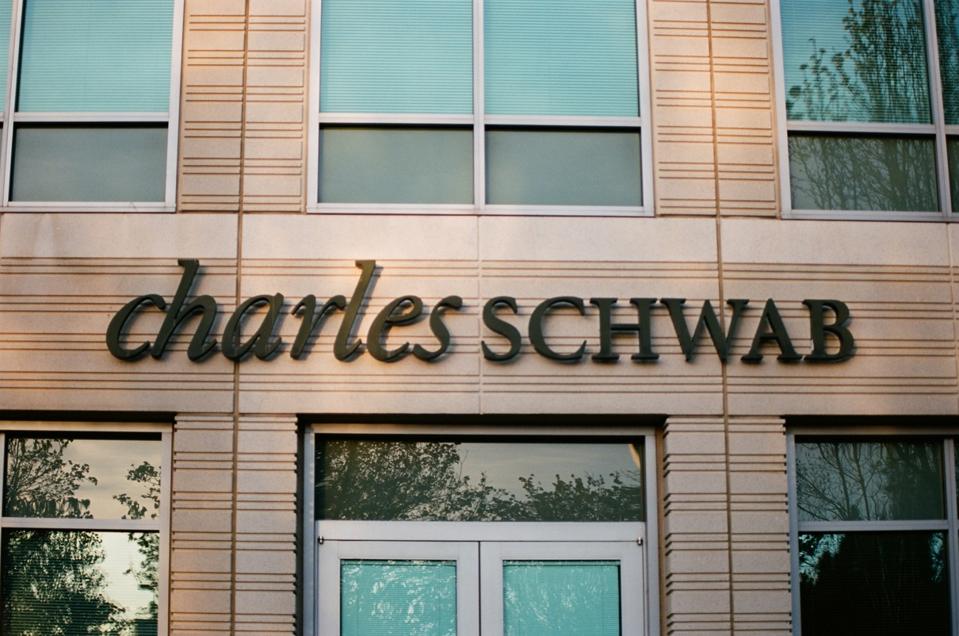Financial services giant Charles Schwab (NYSE:SCHW) outperformed in 2022 when the markets were down, but it lagged in 2023 when markets were soaring. While the leading brokerage firm and money manager is not typically viewed as a bank, it does have a significant banking arm, and it took a big hit during last year’s banking crisis. Schwab suffered from deposit outflows during the crisis, as customers took their money out for higher-yielding options, like money markets, during a time of high interest rates.
This flight reduced a valuable funding source for the company and forced Schwab to seek out other sources of funding, which were more expensive and ultimately reduced its margins. This hurt earnings and led to several analysts’ downgrades – and the combination of factors caused the stock price to fall more than 30% in Q1 last year to below $50 per share.
The sell-off provided the opportunity for investors to snag one of the most reliable, consistent, and best-performing financial stocks at a discount – and several fund managers took advantage of it.
A long term bargain
Schwab’s stock price did rebound a bit from that initial sell-off, as deposits started to come back in the fourth quarter, up 2% from the third quarter, but still down 21% year-over-year. However, the share price was still down some 16% in 2023 as earnings growth was challenged, in part due to higher expenses related to the integration of TD Ameritrade into the Schwab platform. But now that the integration is mostly complete, the company should see some $500 million in cost savings from the integration starting in 2024.
The volatility, however, signaled a green light for portfolio managers at Ruane, Cunniff & Goldfarb, which runs the Sequoia Fund. While Schwab was the worst performing stock in the portfolio last year, the management team could not pass up the chance to buy more shares when it dipped below $50 per share.
“Rising interest rates have impacted the business in ways both predictable and unpredictable, but the net result has been a crimping of earnings that will likely persist for another year or two. Critically, we do not believe any of these transitory dynamics pose, or ever posed, any existential risk to the business. Further, Schwab’s enviable, high-return franchise remains, in our view, entirely intact. If we are right on both these counts, we should generate an attractive return from the current stock price across a range of long-term interest rate scenarios,” Sequoia Fund managers wrote in their Q4 letter to shareholders.
They added that at the discounted price, the stock trades at a low-double-digit multiple of likely earnings per share a couple years – as higher interest rates should ultimately help earnings as deposits continue to come back, particularly as interest rates have likely peaked.
Giverny Capital Asset Management also jumped at the opportunity to buy Schwab when it was trading in the $50 per share range – boosting its position several times last year.
“I believe in this business and its earnings power over the next few years. However, Schwab qualifies as a poor manager of its own balance sheet,” David Poppe, president and co-founder of Giverny Capital wrote in the Q4 letter to investors. “Unlike First Republic Bank, however, Schwab continued gathering billions of dollars of brokerage assets all year, shoring up its capital position. The flow of new money into Schwab meant it had plenty of capital on hand, even after marking down the value of longer-dated bonds.”
Ultimately, Poppe wrote that Schwab has significant long-term earnings power and will “power through its mishap(s).”
A different view
Ariel Investments, which holds Schwab in its Ariel Appreciation Fund, is also bullish on the stock. Ariel fund managers, in their fourth quarter commentary, said its scale, bolstered by the acquisition of TD Ameritrade, and “customer-centric focus” should enhance its “industry leading cost advantage.”
But not all were in lockstep, as Right Tail Capital sold shares in Schwab last March. In his fourth quarter letter to shareholders, Right Tail founder Jeremy Kokemor said that while Schwab was in good shape relative to the troubled and failed banks, with limited uninsured deposits and sticky institutional assets, there were challenges to sort through, like raising capital to deal with the liquidity challenges.
“Ultimately, I felt my time and energy would be better spent trying to find the next great Right Tail investment than in trying to untangle Schwab. I sold the stock in the mid to high $50s and used the proceeds to add to our existing positions that I felt best about,” Kokemor wrote. Ultimately, the fund returned 29% in 2023, topping the S&P 500.
Schwab’s share price is back up to $71 per share, still short of the $85 per share price it reached before the crisis, but up some 30% to 40% off its lows when it was trading in the low $50s. Analysts rate it as a consensus buy, with a price target of around $75, but the managers who recently added it are looking farther out and see value in the long term.

